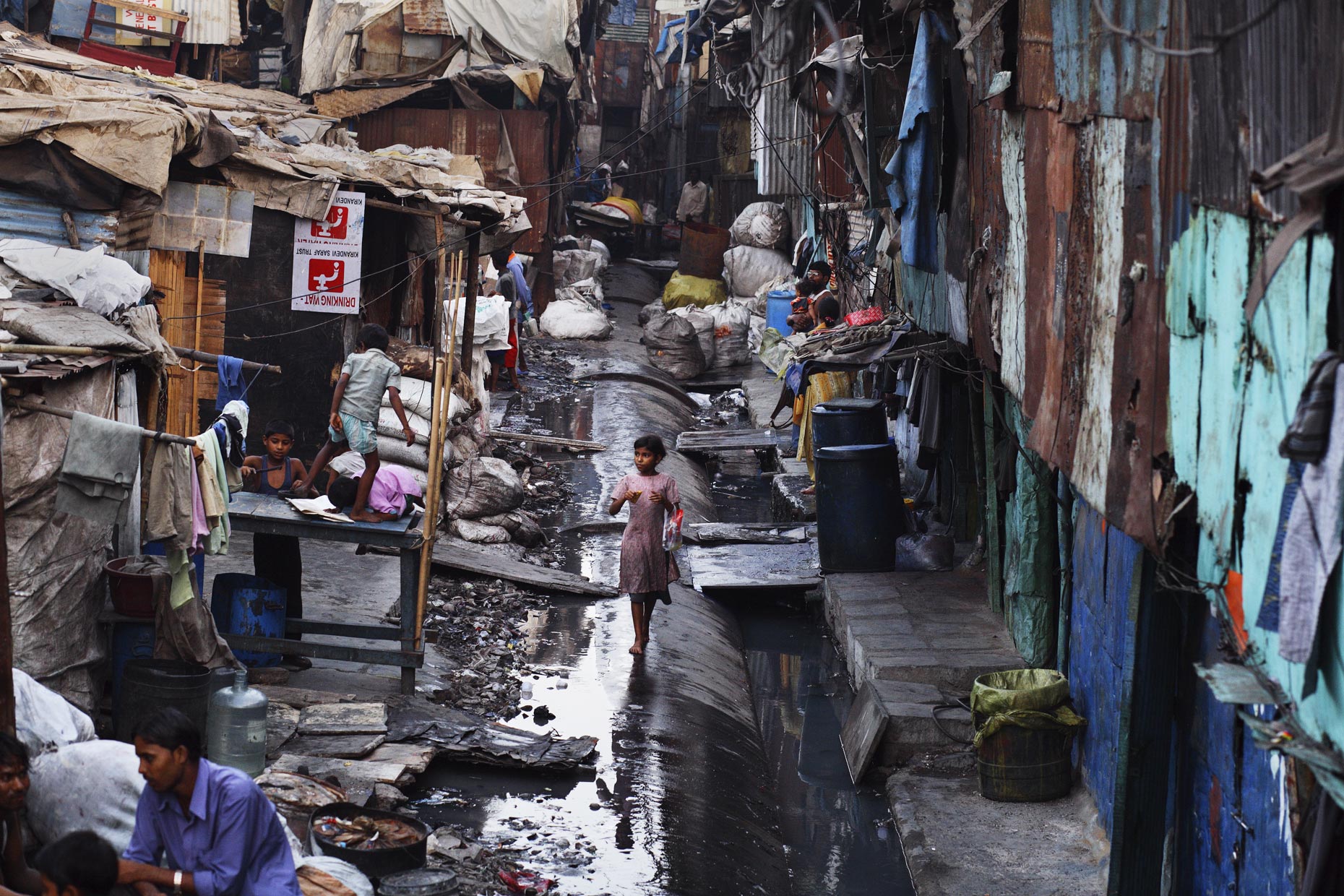At a time when income inequality has posed several questions about the world economy, it has come to light that the world’s richest 1% are on course to control at least two-thirds of the world’s entire wealth.
While experts and Nobel laureates around the world have expressed severe concern over the issue, no mechanism has been put in place to control the disparity, TimesNow online reported.
The alarming analysis, which primarily takes into consideration developing and poor economies in the world, has been produced by Britain’s House of Commons library. The projection by the British Parliament’s lower house suggested that if trends remain similar as witnessed after the financial recession of 2008-09, the top 1% of the world’s richest, i.e. 7.6 million people from a total of 7.6 billion people, would own 64% of the entire world’s wealth in just over a decade.
Despite the financial volatility observed in the past decade, these 7.6 million people would hold more than half of the world’s wealth. As mentioned earlier, world leaders have come forward with this data but little has been done to control the divide.
It may be noted that since 2008, the wealth of the world’s richest 1% has been growing at an average of 6% on a year-on-year basis–much faster than the 3% growth in wealth for the rest 99%. If determined in terms of numbers, the total wealth of the world’s 1% would be roughly $305 trillion in a decade as compared to $140 trillion at present.
Reasons for the Divide
Analysts have chalked out the reasons for this divide; income inequality in developing countries, higher saving rates among the rich, accumulation of assets over a large period of time and the all-important investments that they make across lucrative sectors.
Wealth of 1% ‘rich’ Indians increased 20-fold in 2017. Reports unlike this 1% population, the other 99% of the world does not have the required capital to make large-scale investments, thus stagnating their capability to grow financially.
While wealth accumulation is completely fine, it has the influence these rich individuals have on policymaking which is a threat to the world, analysts say.
Britain’s The Guardian newspaper report cities a new polling by Opinium, which suggests that voters are concerned about the influence the uber-rich have on elections, major political moves and policymaking.
The poll also showed that people felt uncomfortable with the rising power of the rich as it may lead to immense corruption in future. It should be noted that the research, commissioned by former Labor cabinet minister Liam Byrne, has just reiterated the existing problem which is often ignored by politicians of countries.
In a country like India, where 1% of rich individuals in the country own 73% of the total wealth, the magnitude of the problem is much bigger, thus leading to a scenario where 99% of the country’s population is left with muzzled voices.
The government in India, like other developing countries, has been accused by opposition parties for doling out policies to favor the rich, despite its promise to cater to the poor.
A few days ago, another report showed that India Inc’s top 100 executives earn 243 times more than the average employee. The research by Capitaline showed that the compensation of these 100 senior executives—other than promoters holding executive positions—has witnessed a steep increase.
Top 10% earners have 55% of India’s wealth. In such a scenario, will the government of India work on measures to limit asset accumulation and dole out more measures to control this divide? Only time will tell.
In America
Over the last 50 years in America, the gap between what the typical black household earns and what the typical white household earns has barely budged. According to a report published last month by the Economic Policy Institute, the median black family’s household income in 1968 was 59% of the median white family’s income; in 2018, it was only 61.6%.
The stubborn persistence of this gap has been the topic of a lot of research and discussion. How is it possible, policymakers have wondered, that black families could have made so little progress in spite of dramatic shifts in social norms and concerted efforts on the part of the federal government to address these gaps?
Over the years, researchers have studied a variety of possible explanations—from outright discrimination in the labor market, to disparities in access to education, to occupational segregation, to the lower levels of family wealth African-American families hold, to differing family structures.
In general, all of these factors seem to play a role. It’s still true that African Americans face discrimination in the labor market. And it’s still true that the lower levels of wealth in African-American families make it harder to climb the ladder. And that African-Americans are less likely to work in “high status” and high paying jobs and less likely to attend elite colleges and universities. These gaps, however, have narrowed. Yet the income gap persists.
“The persistence of the racial income gap is, of course, problematic, but it’s also confusing,” says Robert Manduca, a Ph.D. student at Harvard University. “Because there’ve been all these government programs, there’ve been improvements in the various inputs to the earnings gap (like education). We’ve even seen improvements in life expectancy. The progress is definitely not complete, but the gaps have narrowed, so it’s been a bit puzzling as to why this hasn’t translated to improvements in the income gap.”


